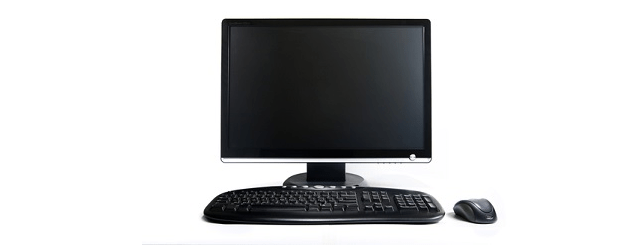LAS VEGAS – Signs of an IT refresh might still be on the horizon, but that’s not to say channel partners can’t use new approaches to encourage customers to refresh their hardware.
Karen Plotkin, the vice president of North American Client Solutions for Dell, told the attendees at the VARnex Conference there are two approaches you can use to help prepare customers for the future of computing.
She said the IT refresh should have a fresh approach focused on two new selling methods: rational customer sets and emotion.
RATIONAL
Her rational method puts the focus on the increased support costs and heightened security risk of legacy systems.
Plotkin admitted there are no big technology surprises coming in the next decade and customers are ok with legacy devices. Companies are not eager to refresh technology and are keeping systems in place that are more than three years’ old. According to her figures, for each year in use a device could cost between $100 to $200 per year; just to keep that device operational in the office. Those costs go up to $300 for each year after the traditional three-year IT cycle. For companies that try to push those systems to seven years the costs go up to $400.
In terms of employee productivity, that area gets a boost with new hardware of up to 50 per cent when compared to legacy devices. “Remember how long it takes to just boot up from a legacy computer?”
“Also new form factors in play today such as 2-and-1s or 360 hinge notebooks for multi-node computing are introducing new ways to work that can boost productivity,” she said.
Her advice to channel partners is to encourage customers to maintain a fleet of devices that never go past the three-year window just on productivity gains.
Today’s devices are two-times faster and more powerful that what was out four years ago. “All these factors can compel your customer with a rational point of view,” she added.
Security is also an issue channel partners should use to convince customers on a new IT refresh.
“Older hardware does not work as well with new security offerings,” Plotkin said.
EMOTIONAL
Plotkin described the corridor warrior to the VARnex group. The corridor warrior are people on different teams that collaborate with other parts of the company. “We need to appeal to the emotional side of the end user base and not IT. These people need to collaborate and interact with devices in a new way,” she said.
Dell anticipates there is more innovation happening in these new types of workforces and workplaces. For example, 92 per cent plan to use voice to work with the device over the keyboard.
And, a further 46 per cent of employees surveyed believe technology has increased productivity through products such as Skype for Business and Slack.
Plotkin added that 87 per cent of employees want to use gestures like hand gestures with their device. “These are new innovations, but they are those that engage with the device and are not specific with the device.”
Dell strategy with the IT refresh is to focus on mobility or destination computing using touch or gesture inputs in the commercial marketplace. Dell also is planning to supplement this strategy for partners with voice, virtual reality and augmented reality.
Also Dell is not counting out the emergence of the Internet of Things (IoT) market trend. Plotkin said new markets such as IoT with a huge explosion of data that can only be accessed by a computer could boost an IT refresh. “The device needs to be able to filter all that data so the end user can gain those insights necessary to make the right decisions. Sure the data will be scrubbed in the data centre, but that too is connected to a device,” she said.




